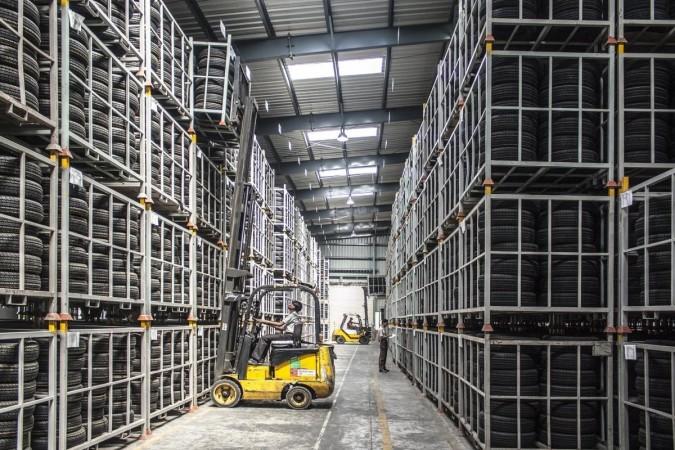The operational performance of warehouse order fulfillment operations resides on coordination among pickers and their collaborative efforts. Multi-line order fulfillment may require items to be picked from several warehouse zones and necessitate consolidation of items into full orders.
In general, warehouse operations tend to be rather labour-intensive. Both put away and order fulfillment operations in manual warehouses involve significant worker travel and multiple product handlings. Hence, traditional warehouse design principles typically stem from productivity enhancement goals.
With the pandemic underway, safety in warehouse operations demands significant merit apart from productivity targets. With social distancing norms and new workplace protocols, warehouses may need to redefine their operating protocols.

From basic vitals check to picker operations; relook needed
Basic checks such as thermal scanning of workers at the warehouse entry and exit points, ensuring hygienic workplace, disinfecting storage racks, and locations are necessary activities that need to be executed routinely. However, these tasks may not be enough to prevent the risk of the contagion spread.
The picker operations should also consider additional protocols such as minimizing social crowding, limiting the number of pickers per zone, and maintaining a minimum distance between pickers without hurting the picker productivity. While scheduling algorithms could play a wider role in enabling adherence to the item pick protocols, we also need to monitor the picker movements in real-time. In such cases, the Internet of Things (IoT) sensors that monitor the picker movements within zones and relay any deviance to the environmental, health, and safety team may be the need of the hour.

What can warehouses do to be both safe and productive?
Redistribute (Slotting) items: Popular items may need to be stored in multiple aisles (separate zones) so that the warehouse management system distributes the put-away and the pick workload without congesting the aisles.
Redefine picking strategies: Warehouse management systems (WMS) assists in optimizing the picker routing paths and minimizing the pick times. WMS should embed dynamic routing and resource allocation protocols that aid in minimizing crowding at a location.
Rethink layouts: Zone boundaries may need to be redrawn and smaller zones may need to be defined. The WMS would need to ensure that the work is allocated across the pickers such that no two (or limited number of) pickers are present in the same zone at any point in time.
Revisit warehouse robotization needs: Robots do not catch the flu and robotized warehouses have a lower chance of facing disruptions during a pandemic. If there is a business case for the robotization of warehouse activities, then a phase-wise robotization of warehouses can improve both productivity and safety within the warehouses. Human-robot collaborative warehouses where robots assist human pickers to improve their productivity can be both safe and productive in the new normal times.

Rely on alerts: Picker movements need to be tracked not only for measuring productivity but also for ensuring operational safety. While redistributing items and identifying alternate picking strategies help to proactive minimize crowding, reactive alerts triggered using sensor-driven solutions can minimize both accidents and near-misses, and relay unsafe travel alerts to the shift supervisor.
By analyzing the current worker density or distribution of workers in the warehouse zones, aisles, cross-aisles, consolidation, and packaging space, managers can identify operational areas that need rethinking. If the distribution of the workforce points at crowding of the workforce in both space and time, the management may need to design the warehouse to minimize workforce crowding and enhance both workforce safety and productivity.
About the Author: Prof. (Dr.) Debjit Roy is a Professor in the Production and Quantitative Methods area at the Indian Institute of Management Ahmedabad, India, a visiting professor at the Rotterdam School of Management, Erasmus University, and Stephen M. Ross School of Business, University of Michigan, where he is actively involved in both teaching and research in the broad areas of operations and logistics. His specific research interests are to enhance the performance of logistical and service systems such as container terminals, trucking, automated distribution centers, vehicle rental, and restaurant systems.

















